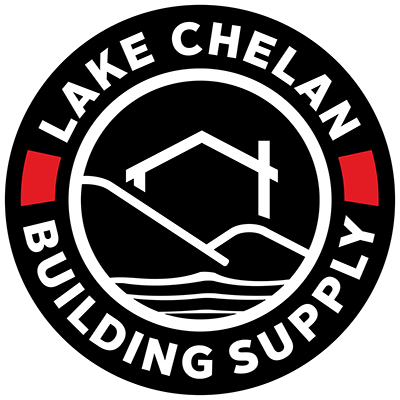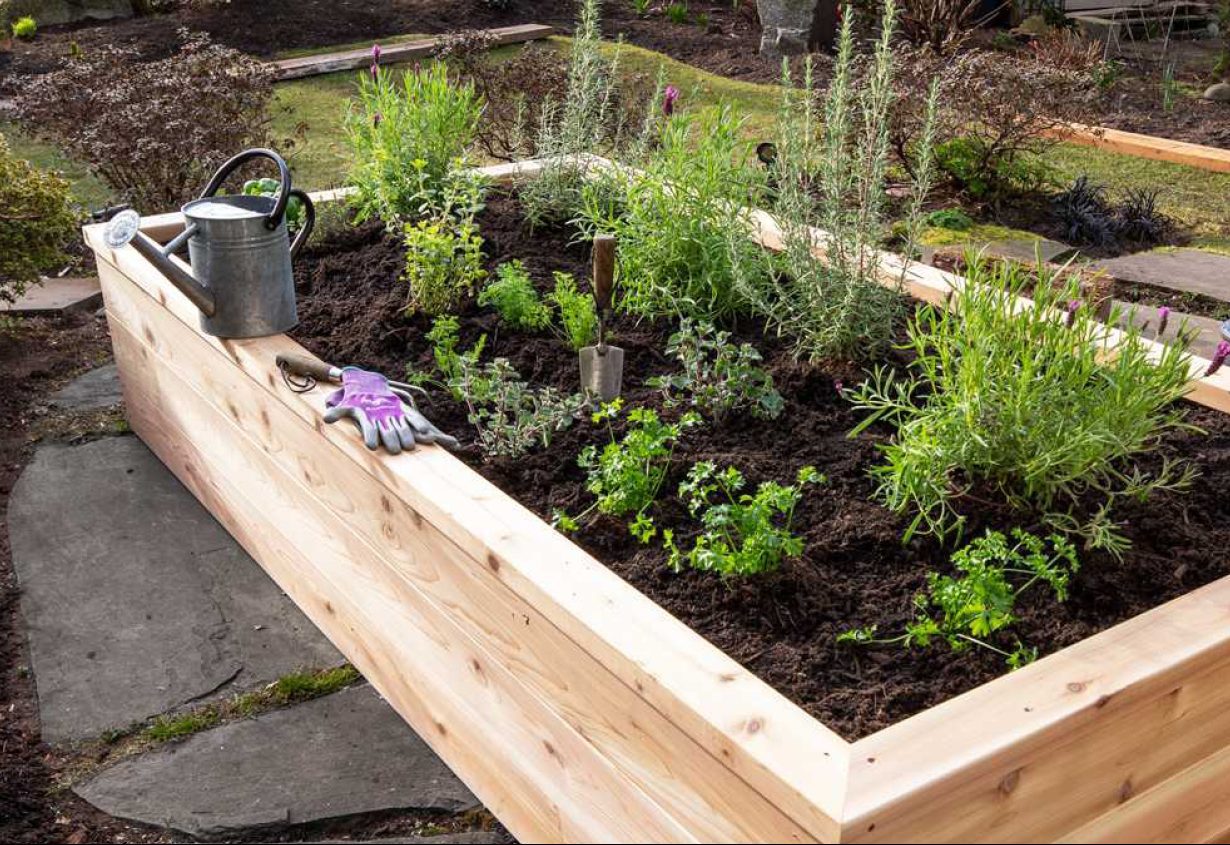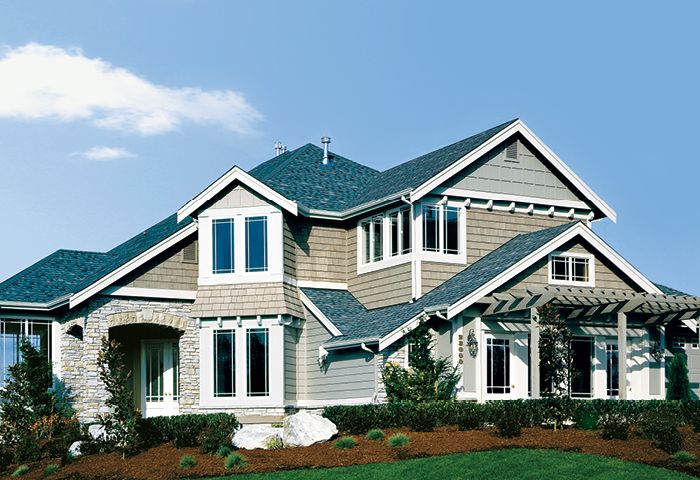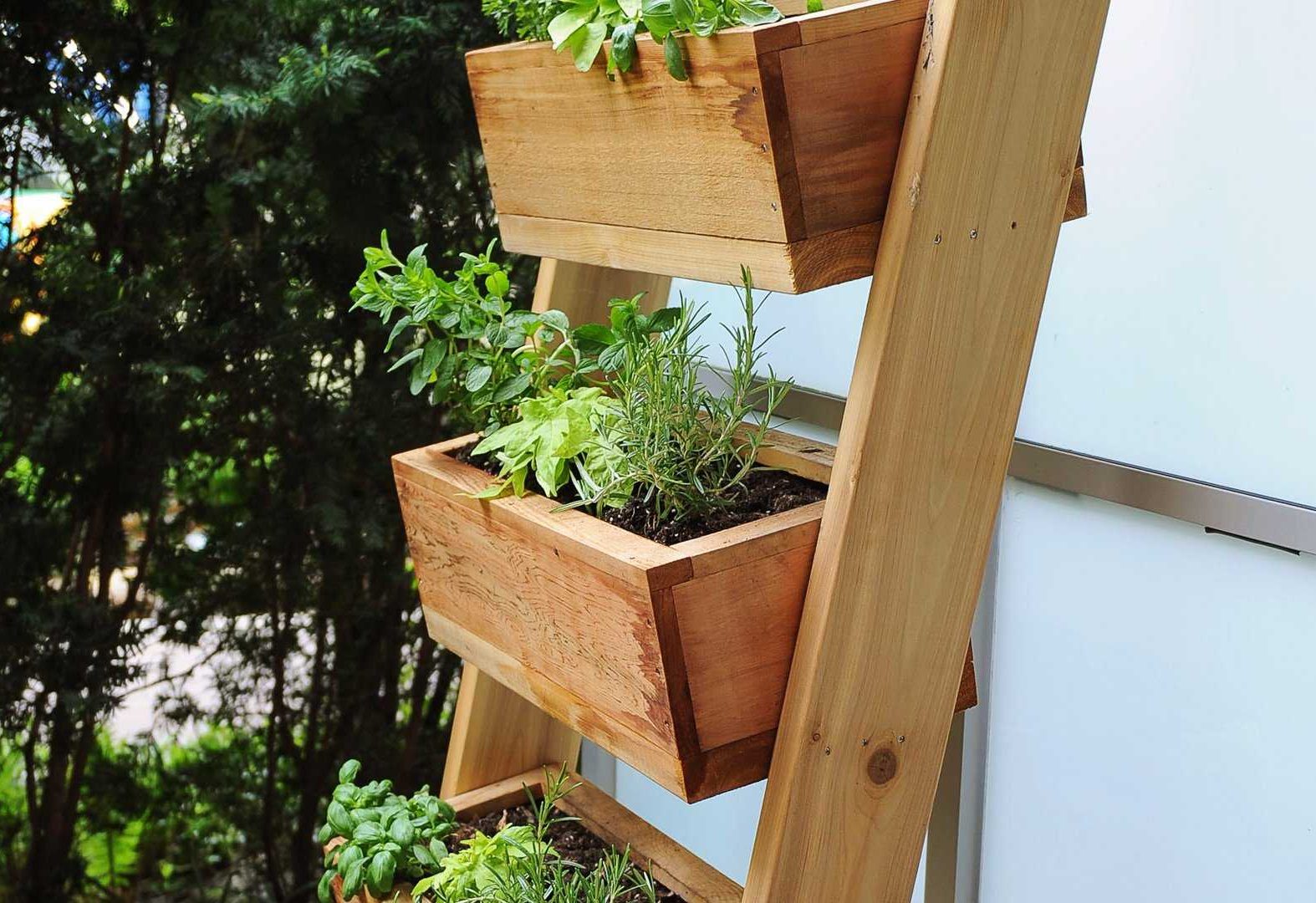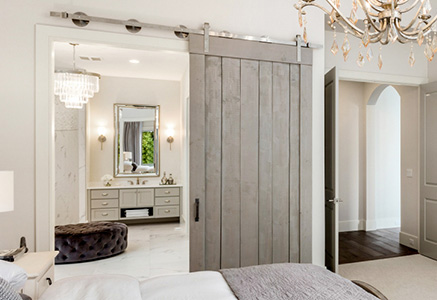What Type of Wood Do I Use For a Raised Garden Bed?
There are a lot of different options for building a raised garden bed! Cedar and redwood are great choices since they are naturally water- and bug-resistant and last for a long time. For a rustic look, try Architect Knotty or Select Knotty grades from Real Cedar. If you’re more interested in a contemporary or modern look without knots, look for Architect Clear and ‘A’ & better grades.
You can use pressure treated lumber but to be safe you’ll want to use a liner material to separate the wood from your soil if you’re growing plants to eat. If you’re growing flowers and ornamentals, no need to worry about a liner!
Untreated wood like pine or Douglas fir are also options, but the lifetime of your raised bed will be dramatically shorter. Maybe only five to ten years. But even with the cost of replacement this may be a more affordable option than cedar and redwoods.
When it comes to specifying sizes, we recommend looking for short lengths in the lumber you choose. Using short lengths means less cutting, less waste, and more savings for you. Search for kiln dried material, if available. It will bow and twist less over time than lumber that isn’t kiln dried.
What Type of Fasteners Should I use?
Since the fasteners for this project will be exposed to the weather and dirt, you’ll want corrosion-resistant fasteners. Stainless steel screws will work just fine for the project. And if you stick with the plans below, a 3″ screw will be just right. A trim-head screw will keep your side fasteners less visible.
Your Raised Garden Bed Plans
Thanks to Real Cedar for the plans for the raised garden bed!
